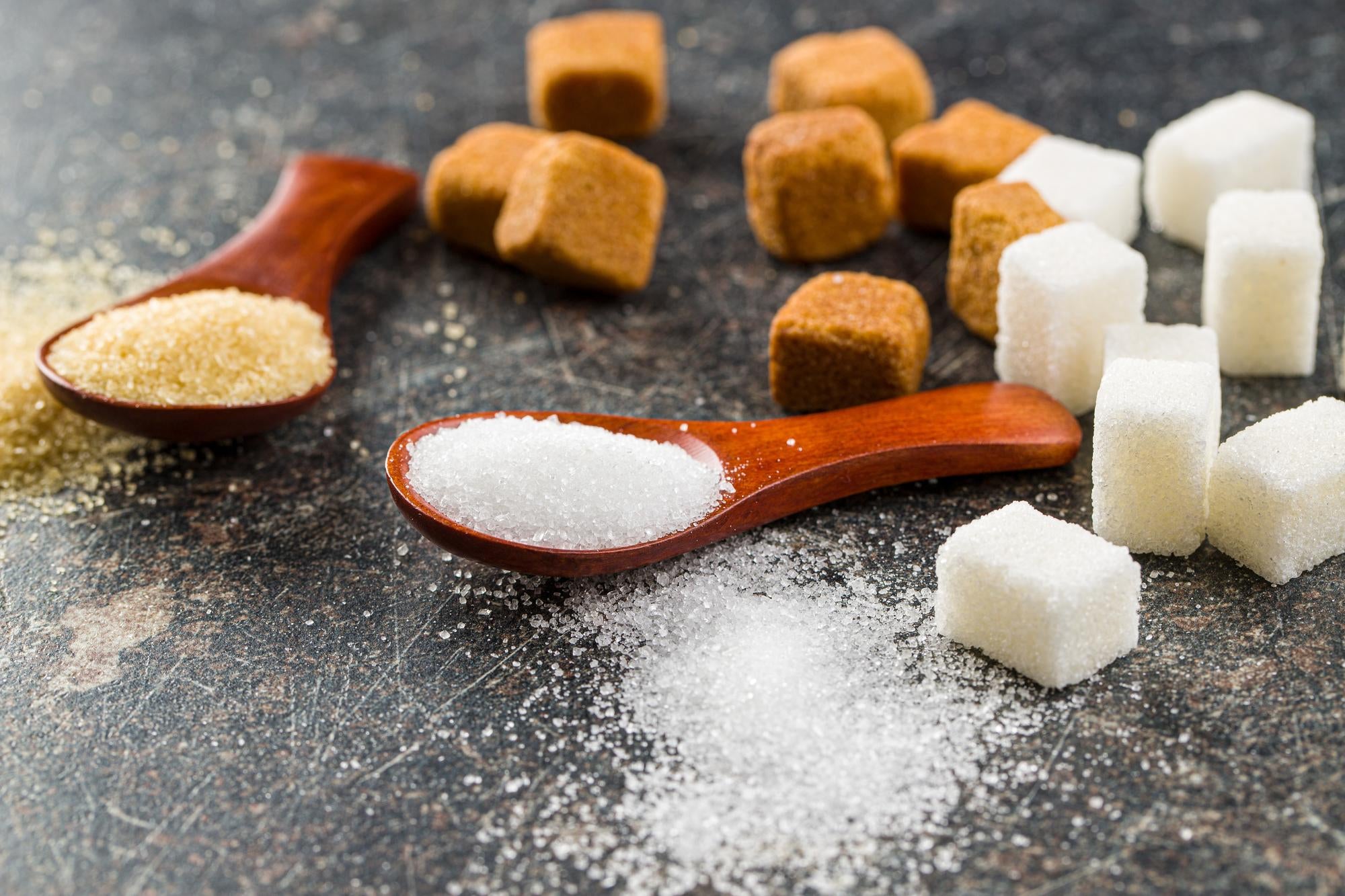Discover the Uses and Conveniences of Beet Sugar Vs Cane Sugar in Your Daily Diet Plan
Exploring the distinctive top qualities of beet and cane sugar discloses greater than just their sweetening capabilities; it highlights their special influence on wellness and cookeries. Beet sugar, understood for its refined taste, is usually preferred in delicate desserts, whereas cane sugar, with its tip of molasses, adds richness to durable meals. Each type holds its own nutritional profile and glycemic effects, welcoming a much deeper understanding of their roles in a balanced diet and sustainable consumption methods.
Beginning and Manufacturing Processes of Beet and Cane Sugar

The distinct climates and soil types needed for growing sugar beetroots and sugarcane add to differences in their farming methods and geographic distribution, affecting the economics and sustainability of their manufacturing. beet sugar vs cane sugar.
Nutritional Contrast In Between Beet Sugar and Cane Sugar
Despite stemming from various plants, beet sugar and cane sugar are nutritionally very similar, both primarily including sucrose. Each provides about 4 calories per gram, equating to about 16 calories per teaspoon. Structurally, both sugars are made up of roughly 99.95% sucrose, with very little amounts of various other compounds like dampness and trace element, which do not significantly alter their dietary accounts.

Inevitably, when selecting between beet sugar and cane sugar based on dietary content alone, both deal identical benefits and downsides as they are basically kinds of the same particle-- sucrose, supplying quick energy without various other nutrients.
Effect On Wellness: Glycemic Index and Caloric Content
Checking out additionally right into the impacts of beet sugar and cane sugar on health, it is vital to consider their glycemic index and calorie material. The glycemic index (GI) of both beet and cane sugar is around 65, categorizing them as high-GI foods, which can trigger fast spikes in blood glucose degrees.
Each kind of sugar has around 4 calories per gram, making their calorie web content equivalent. For those keeping an eye on caloric intake, especially Get the facts when handling weight or metabolic health and wellness conditions, understanding this equivalence is crucial (beet sugar vs cane sugar). Excessive usage of any high-calorie, high-GI food can add to wellness concerns such as weight problems, heart illness, and insulin resistance.
Environmental and Economic Factors To Consider of Sugar Production
Beyond wellness effects, the manufacturing of beet and cane sugar additionally elevates considerable ecological and financial problems. Sugar beet farming tends to require cooler climates and has a reduced geographical impact contrasted to sugar cane, which grows in tropical areas. Nevertheless, both crops are extensive in regards to water use and land profession, possibly causing deforestation and water scarcity. Economically, the global sugar market is extremely unstable, influenced by adjustments in international profession plans and subsidies. Numerous nations incentivize sugar manufacturing through financial backing, skewing market rates and affecting small-scale farmers negatively.
Furthermore, making use of chemicals and plant foods in both beet and cane sugar farming can lead to soil deterioration and air pollution, more impacting biodiversity and local water check out here bodies (beet sugar vs cane sugar). The choice between growing sugar beet or cane commonly pivots on local environmental problems and financial factors, making the sustainability of sugar production a complex concern
Culinary Applications and Flavor Differences
While the environmental and economic aspects of sugar manufacturing are certainly significant, the choice in between beet and cane sugar additionally affects culinary applications and flavor profiles. Beet sugar, derived from the sugar beet plant, is recognized for its remarkably neutral preference.
Walking cane sugar, removed from sugarcane, usually keeps molasses traces, which give a distinct splendor and deepness. This minor molasses flavor enhances the intricacy of baked products, sauces, and sauces. It is specifically favored in products where a sugar touch is preferred, such as in brownies or gingerbread. The mild variation in dampness content in between beet and cane sugar can influence the texture and uniformity of recipes, making cane sugar a preferred option for details recipes that benefit from its one-of-a-kind homes.

Conclusion
Finally, both beet and cane sugar have distinctive beginnings and production processes, providing similar nutritional profiles with slight differences in sodium content and taste. While their effect on health and wellness, specifically concerning glycemic index and calories, is similar, the option between them usually comes down to environmental, economic aspects, and certain culinary requirements. Comprehending these facets can direct customers in making informed decisions that line up with their health and wellness objectives and taste choices.